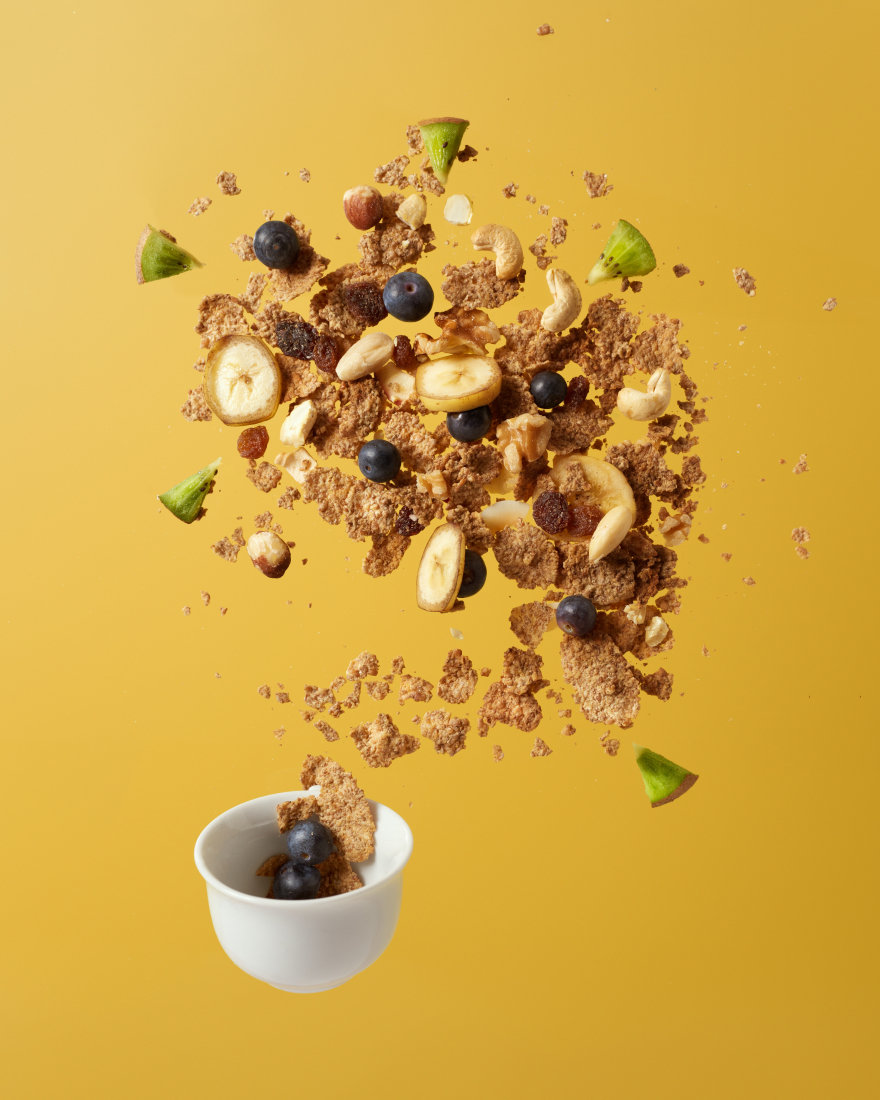Full of Fibre
FIBRE
Are you Full of It?

Fibre is also known as dietary fibre, roughage or bulk. It is the part of plant foods that our bodies don’t digest. Although is it a carbohydrate, unlike most carbs and other food components like proteins and fats, it’s not absorbed into our bodies but passes relatively in tact through our stomachs, intestines and colon.
It is essential to our bodies as it helps us eliminate toxins on a daily basis.
We typically detox our bodies through activities such as breathing, sweating, urinating, but mostly through our bowel movements – and this is where fibre comes in. Fibre helps to keep the digestive tract moving by keeping our stool soft and regular.
This is not the only function of fibre as it is known to help maintain a healthy weight (as it keeps you full longer); lower our chances of diabetes (helps lower blood sugars), heart disease (helps lower cholesterol) and some types of cancer (some types of fibre have antioxidant-like properties).
There are basically two main types of fibre – soluble and insoluble.
Soluble dissolves in water to form a gel-like substance. It is this type that can help reduce blood sugar levels and cholesterol levels.
Sources: oats, peas, beans, apples, citrus fruits, carrots, barley, chia seeds, flaxseed
Insoluble does not dissolve in water meaning it does not change from its original form. It is this type of fibre that helps with the digestive system and helps determine stool consistency.
Sources: whole-grain foods such as brown rice, quinoa, millet, bran, whole-wheat flour, nuts, beans and vegetables, such as cauliflower, green beans and potatoes, fruit with edible skins.
A less talked about type of fibre is known as resistant fibre which is consumed by good bacteria. It is slower to digest.
Sources: Green (unripe) bananas, cold boiled potatoes, cannellini beans and navy beans.
How much?
Women aged 50 and younger need 25 grams of fibre/day and men of the same age group require 38 grams/day.
Women 51+ need 21 grams/day and men 30 grams/day
Tips for fibre Intake:
- Take it slow when you are introducing an increased amount of fibre into your system as too much too soon can cause gas, bloating and cramping. Introduce it gradually over a couple of weeks.
- The amount of soluble and insoluble fibre differs from plant to plant so make sure to have a wide variety of plants to satisfy both types.
- Drink plenty of water as fibre absorbs it to help make your stool soft and manageable.
- Get more fibre by:
- Having a high fibre cereal (5 grams or more)
- Adding flaxseed and/or chia seeds to your smoothies
- Adding beans to your green salad, soup, tacos, or nachos
- Increasing your fruit and vegetable intake
- Eating breads that list whole wheat, whole-wheat flour or another whole grain as the first ingredient on the label and have at least 2 grams of dietary fiber a serving
- Eating fibre filled snacks like nuts, popcorn, fresh fruit, veggie sticks with hummus made form chick peas
Fibre is a food component that is sadly often overlooked, but as you can see, it is extremely important to the functioning of our bodies, so I hope you’re full of it!
Just sayin’ is all.
Lou-Anne Hooper
www.facebook.com/veganvagabonds1
New-to-Veganism Neighbourhood | Facebook
For more information on my online course for new and/or struggling vegans entitled, “The Vegan Journey: A Beginner’s Pathway (tips/tools/support)”, please go to the menu item Vegan Support Pathway.
Various sources such as Mayoclinic.org, www.canada.ca, www. health.sunnybrook.ca
DISCLAIMER: None of the information in this document is a substitute or replacement for information that should be obtained by your doctor and/or registered nutritionist. Please contact these persons for answers to your health and nutritional questions.
© Can Stock Photo / 9comeback
